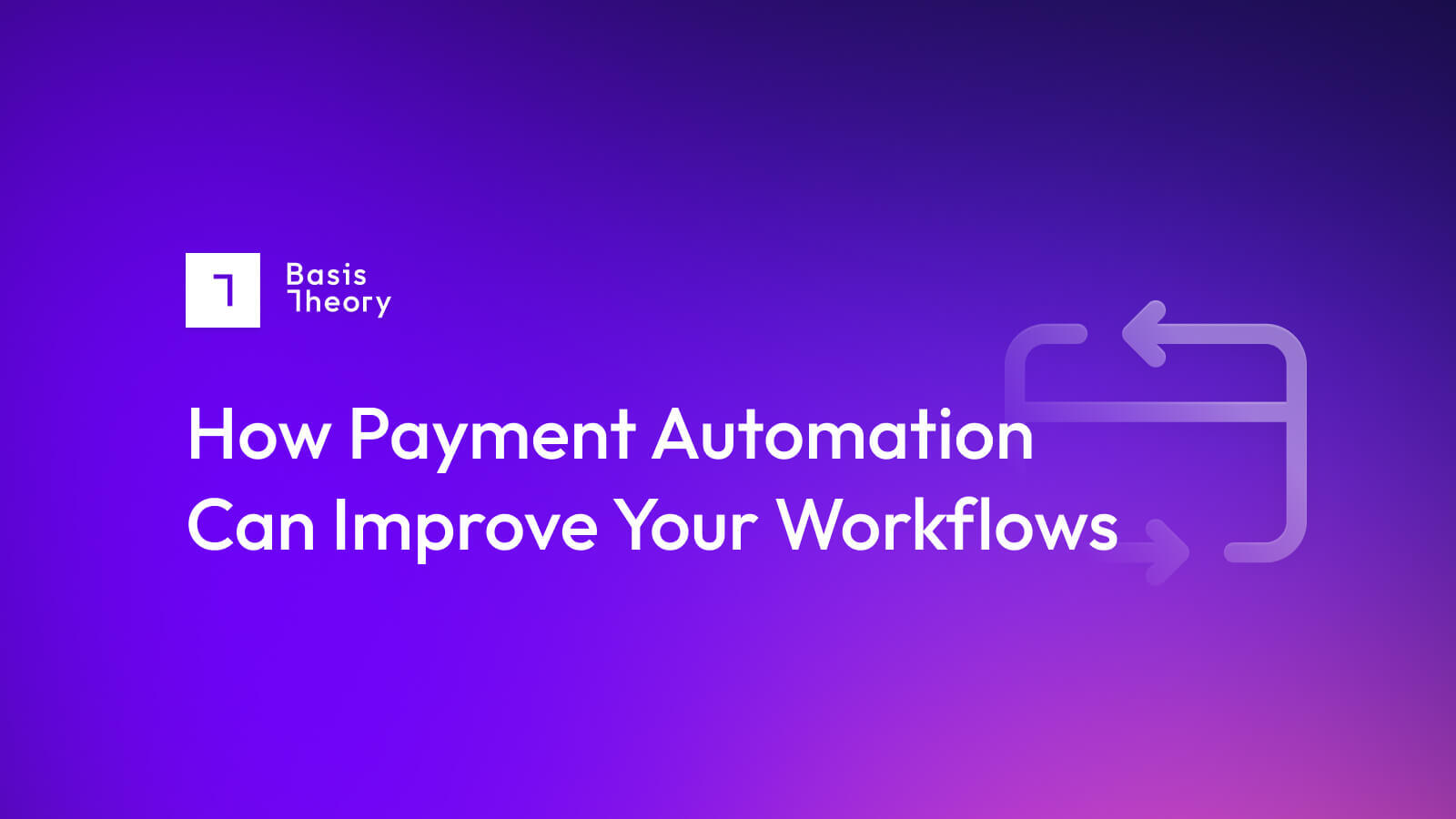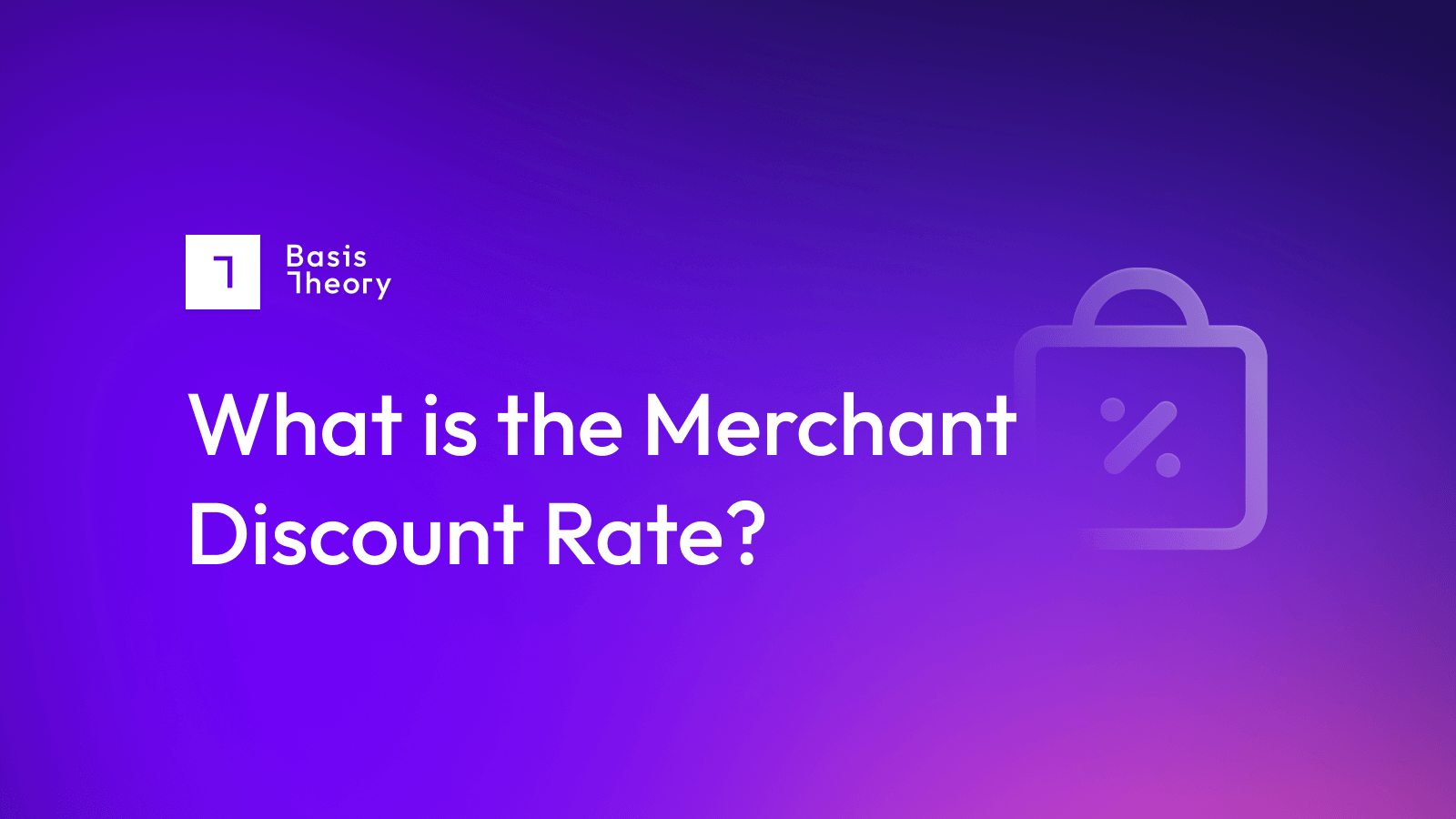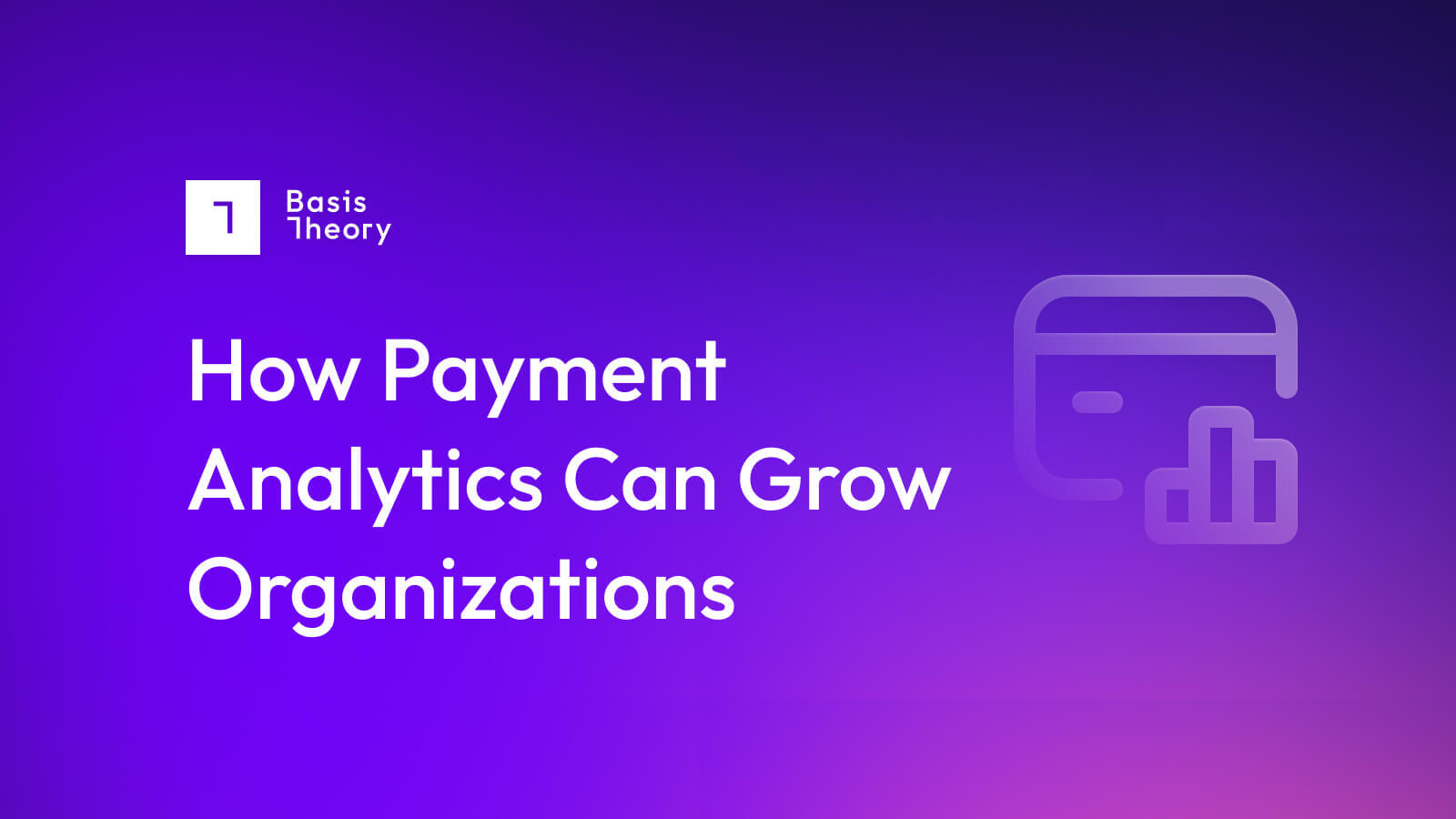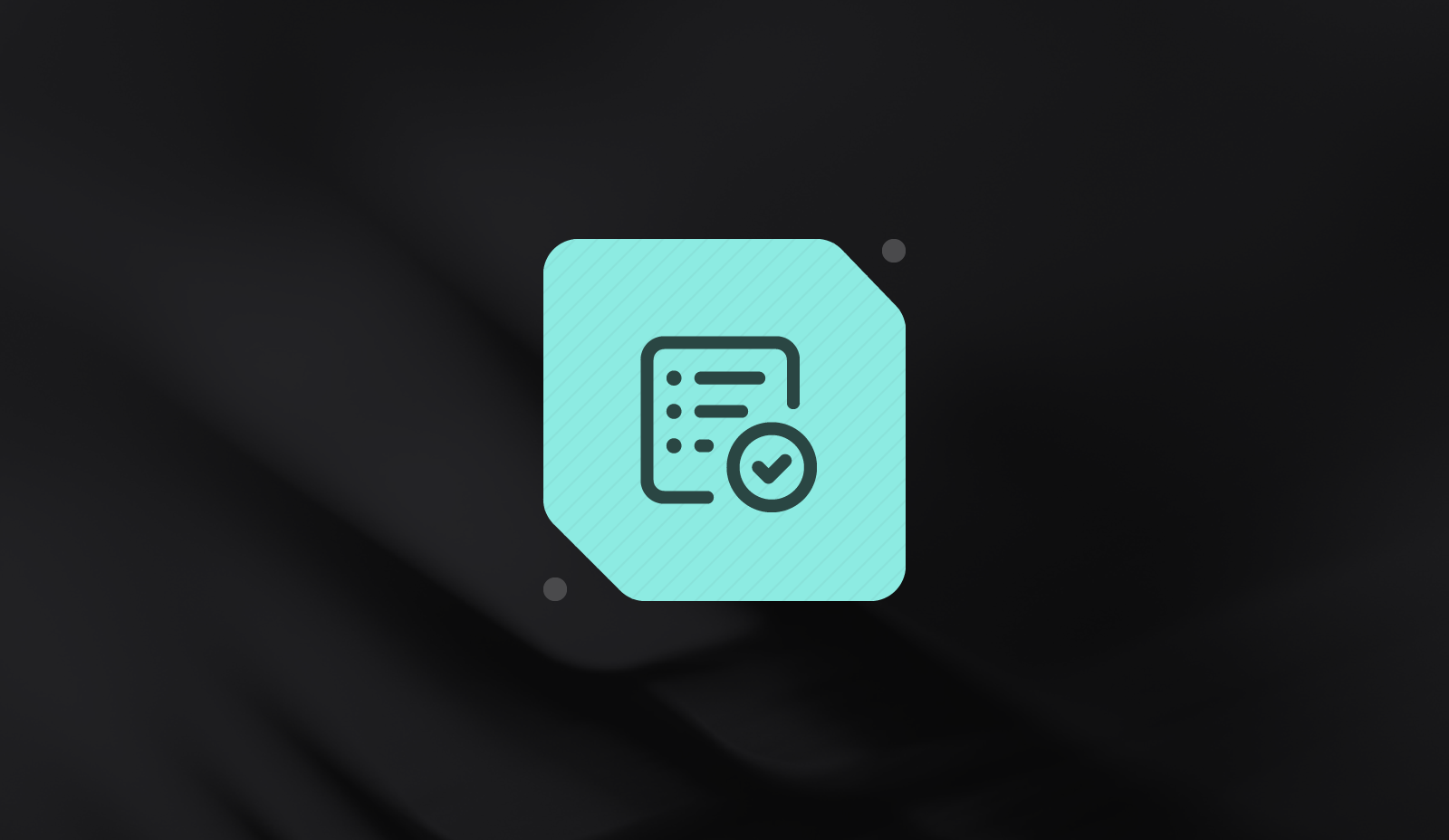5 Ways Payment Automation Can Improve Your Workflows

What is Payment Automation?
When we think about payment automation, the temptation is to think only about inbound payment - revenue, in other words. And, indeed, making it easier for customers to pay their bills is an important element of any business’ go-to-market plan. Running a business isn’t only about collecting revenue - sometimes an organization also needs to pay its bills. In order to maintain good relationships with vendors and partners alike - as well as to exercise prudent control over cash flow - the Accounts Payable (AP) department needs to be organized about how and when payments are remitted. At some point, the amount of work that needs to be done may exceed the capacity of the human resources in place, and the organization will implement a payment automation system that takes on some of the responsibility.
Key to effective payment automation is protecting sensitive information, both regarding the organization’s own financial infrastructure, and that of partners and suppliers.
Five ways payment automation can improve your workflows
Automation is always intended to make processes more efficient, and payment automation is no exception. Given that no business can hire an infinite number of employees to manage AP, enabling staff to do more with automation can supercharge the amount of output each individual can handle. In general, the resulting benefits include:
- Reduced error rates: automated processes are not susceptible to manual errors or typos
- Reduced cost of transactions: sending payments electronically using ACH or corporate credit cards reduces the average cost versus sending physical checks from as high as $3 to just pennies
- Reduced risk of fraud: eliminating paper checks from the automated process can cut the risk of fraudulent claims by a third. Meanwhile, an automated payment process can excise the risk of paying fraudulent invoices by always matching invoices to approved projects, purchases, or purchase orders
- Greater oversight: when the foundational decision making is automated, more time is left for managers to ensure proper protocol is being followed
- Elimination of manual ‘make-work’: using Optical Character Recognition (OCR) systems to scan and load invoices can both reduce errors and free resources to do higher-level work
Is there a downside to payment automation?
Some AP practitioners are uncomfortable with payment automation because it feels as though they are giving up control: manually checking each and every payment seems safer. However, most organizations find that, once properly implemented, payment automation offers more control, as managers are able to focus their energies on outcomes rather than simply checking for mistakes.
That said, automation may open up a business to fraud and data breaches if not executed correctly. It is vital that all data be stored securely, accessible only to approved personnel, and used only for legitimate purposes. For storage, encryption is necessary but insufficient: encrypted data can be decrypted and converted back to its original, plain form - which is why data breaches have become a source of constant headaches and worry for CIOs and CISOs.
How to keep data and processes safe alongside payment automation
While generic Payment Automation Platforms can help you to build dedicated AR automation solutions, they cannot generally help you to build a safe and secure vault for the data you hold at rest. Simply stated, the data that resides within your systems needs to be impenetrable, which speaks to the need for it to be tokenized and stored in a third party token vault, such as the one offered by Basis Theory. By securing your data here you can
- Ensure that any breach of your own security perimeter will result only in the leakage of tokens, which cannot be returned to their original plain state;
- Control the circumstances under which employees, agents, partners, and contractors can view sensitive data, by only making it available through applications and interfaces that select the least amount of information necessary to perform tasks;
- Reduce your compliance burden, by keeping information that may, for instance, be covered by PCI-DSS, outside your environment and inside a trusted partner’s protected space;
- Eliminate lock-in with any payment automation vendors, as you can store necessary data in a location that you, not your vendor, control.
Tokenization and payment automation are the key to smooth workflows
When your data is securely tokenized and stored in a compliant vault, it is protected from data breaches and hacks, and ready for use with any and all payment automation vendors and partners you might select. That automation then reduces the manual workload of your AR team, allowing them to settle invoices efficiently and effectively, protecting your cash flow and your vendor and partner relationships at the same time.
.png?width=365&height=122&name=BTLogo%20(1).png)



